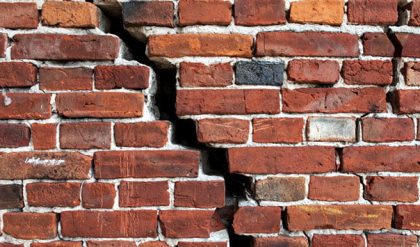Shear wall is a structural member used to resist lateral forces i.e. parallel to the plane of the wall. For slender walls where the bending deformation is more, Shear wall resists the loads due to Cantilever Action. In other words, Shear walls are vertical elements of the horizontal force resisting system.
In building construction, a rigid vertical diaphragm capable of transferring lateral forces from exterior walls, floors, and roofs to the ground foundation in a direction parallel to their planes. Examples are the reinforced-concrete wall. Lateral forces caused by wind, earthquake, and uneven settlement loads, in addition to the weight of structure and occupants, create powerful twisting (torsional) forces. This leads to the failure of the structures by shear.
Shear walls are especially important in high-rise buildings subject to lateral wind and seismic forces. Generally, shear walls are either plane or flanged in section, while core walls consist of channel sections. They also provide adequate strength and stiffness to control lateral displacements.
The shape and plan position of the shear wall influences the behavior of the structure considerably. Structurally, the best position for the shear walls is in the center of each half of the building. This is rarely practical, since it also utilizes the space a lot, so they are positioned at the ends. It is better to use walls with no openings in them. So, usually, the walls around lift shafts and stairwells are used. Also, walls on the sides of buildings that have no windows can be used.



Comments are closed.